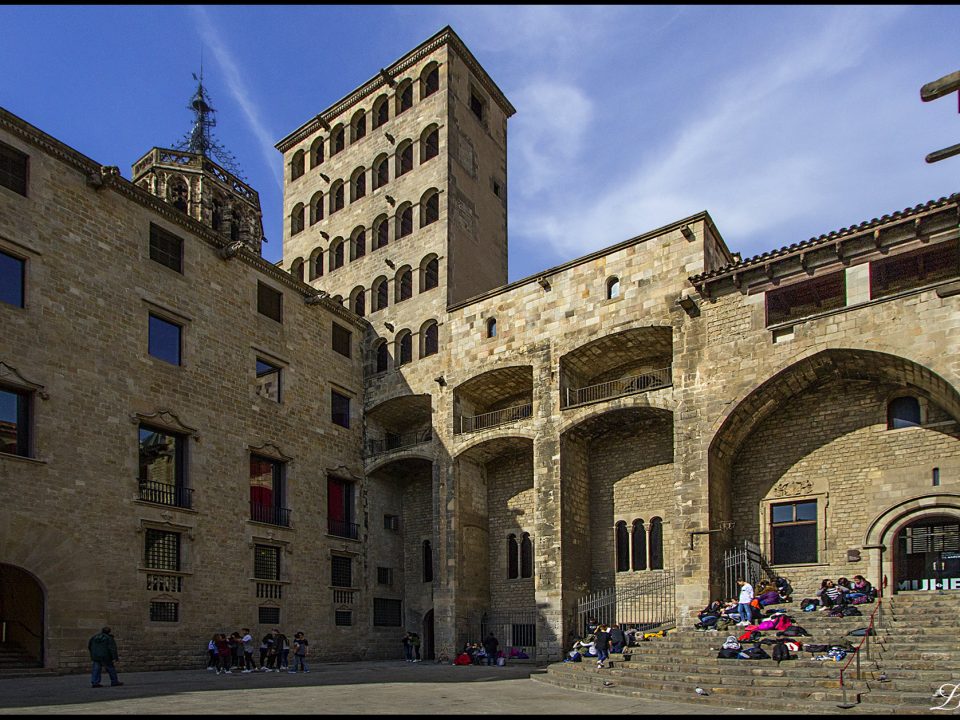A few metres on from Força street, departing from the Square of the Cathedral, on the right there is the Institut Vell Square. Here, a hole for the mezuzah, one of the distinguishing features identifying the Jewish houses, can still today be seen on one of the stones of the door of the house number 33. The mezuzah is a rolled parchment which contains a Jewish prayer. In this square there is also the access to the City History Archives, which preserve important documents related with the history of the Jewish community.
A few metres on from Força street, departing from the Square of the Cathedral, on the right there is the Institut Vell Square. Here, a hole for the mezuzah, one of the distinguishing features identifying the Jewish houses, can still today be seen on one of the stones of the door of the house number 33. The mezuzah is a rolled parchment which contains a Jewish prayer. In this square there is also the access to the City History Archives, which preserve important documents related with the history of the Jewish community.



